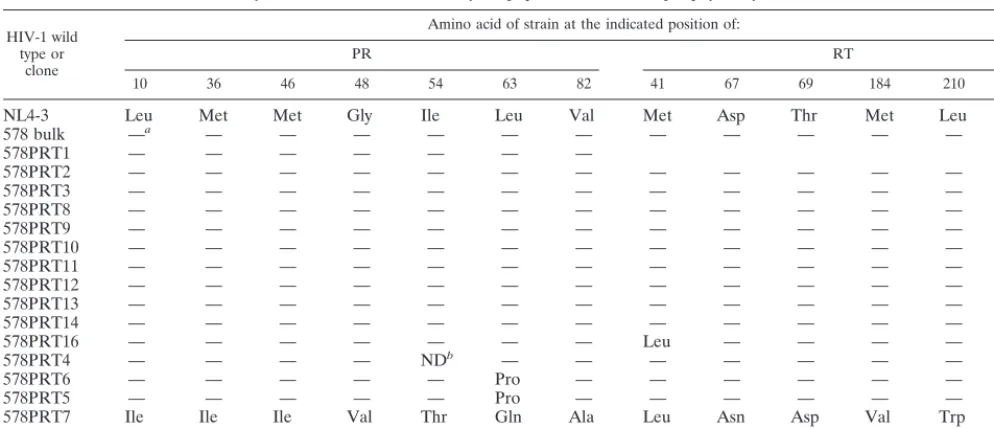Human Immunodeficiency Virus Type 1 Cloning Vectors for Antiretroviral Resistance Testing
Full text
Figure




Related documents
In Plexiform neurofibroma – contrast enhacing irregular soft tissue infiltration, extra ocular muscles involvement may be seen. Retrobulbar fat may show increased density.
MOHANA SUNDARAM, M.D., Madras Medical College and Hospital, for granting me permission to conduct this study at the Poison Control Training and Research Centre, Institute of
growth arrest when expressed in primary human foreskin keratinocytes. Our results indicated that the ability of 16 E6 to bind and to target p53 for degradation in vitro is sensitive
We therefore engineered single or multiple mutations of the conserved cysteines in the cytoplasmic tail of the HA and tried to introduce these changes into the genomes of
We therefore were able to biochemically characterize the LMP-1 molecules produced by deletion mutants lacking the three domains essential for transformation, namely, the N-termi-
In this study, we have demonstrated that both gpl20 and gpl60 have the ability to induce IL-6 mRNA and biologically active IL-6 protein secretion in peripheral blood mononuclear
Because cultures of such MO-derived DCs were heteroge- neous with respect to cell surface phenotypes, we assessed luciferase expression in cells sorted by flow cytometry
A clinical, biochemical, neurobehahioral and sociopsychological study of 190 patients admitted to hospital as result of acute Oraganophosphorus poisoning. Acute